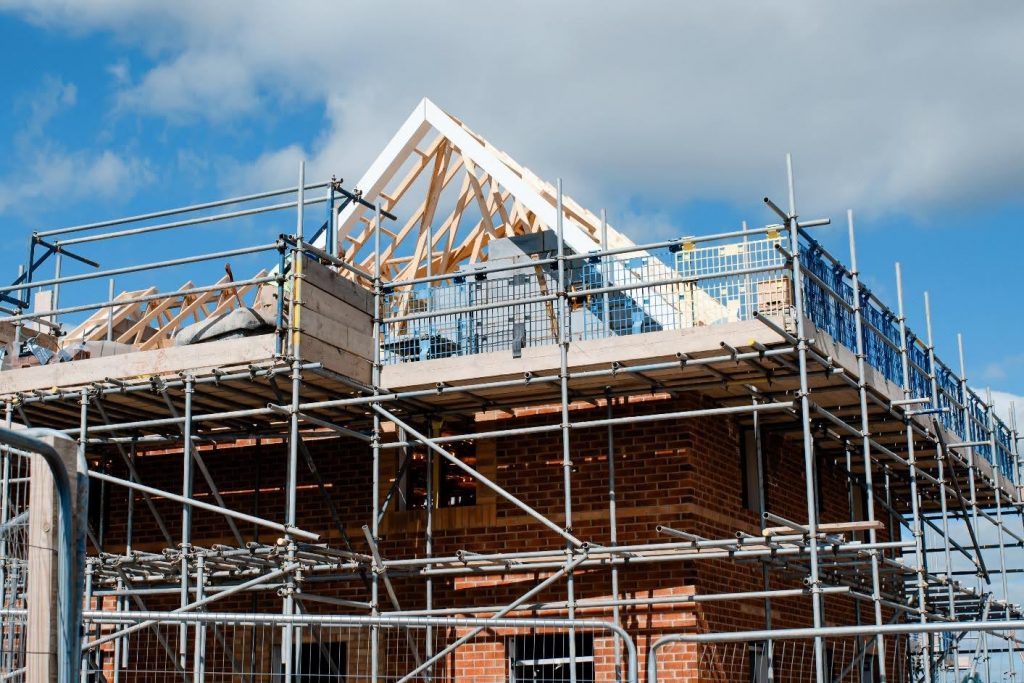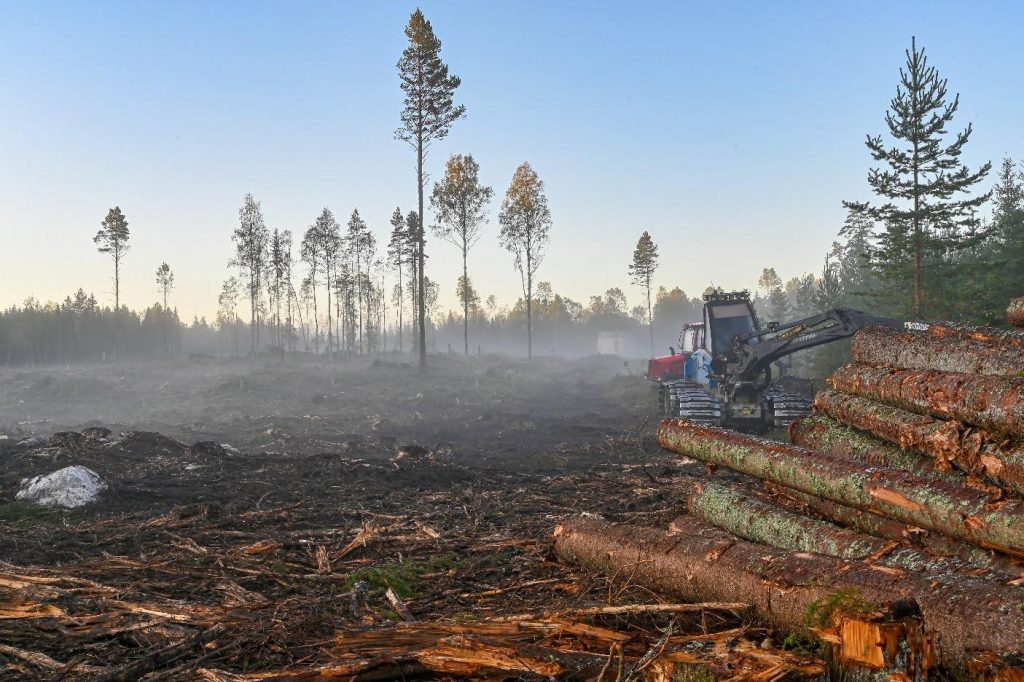The Paris Agreement of 2015 set a precedent for what’s to come in the next 30 years, initiating ‘the beginning of a shift towards a net-zero emissions world’. 10 years on, the effects of climate change and extreme weather events are bringing the topic increasingly into the public consciousness. Today, there is a shift towards proactively thinking about our planet’s future, and decisions impacting future generations. Focusing on carbon dioxide emissions, one of the greatest contributors is the raw materials we use, notably in the construction sector. To reach global commitments, it is paramount we balance our need for new homes and industrial buildings, with careful consideration of the industry’s environmental impact. It is also important to be aware that this will be easier for some industries than others. Traditional Industries such as mining, construction, and even agriculture, are energy intensive and expensive to change.
The reality is, that to extract metals, mineral, and aggregates from the earth, there is a cost. So, what can we do to mitigate this?
One such way to achieve sustainable building materials is to develop carbon-negative building materials. To do this, they would need to absorb more carbon than they emit throughout the entire scope of production. They would have to be a carbon sink, which is ‘an area or ecosystem that absorbs more carbon dioxide than it releases.’

Alternatively, the construction industry could commit to offsetting its carbon emissions. This would be incredibly difficult due to the scale of the challenge, and does not solve with the root cause of emissions. With 10 GtCo2 emissions in 2022, the global construction sector would require 10.8 billion trees to be planted to offset its carbon emissions (based off 0.92 tCO2 stored per tree).
Accounting for 37% of energy and process-related CO2 emissions, the construction industry has a huge influence over global emissions. Managing the materials we use, such as cement which emits around 8 per cent of global CO2 emissions is one such way to mitigate the emissions. Unless there are significant changes to the way we build our homes and infrastructure, it is unlikely we will significantly cut back on core materials. However, using alternative materials would allow the construction industry to cut back on its emissions. Hopefully, in the future we will be able to use materials capable of sequestering carbon dioxide.
What alternative materials are out there?
Using recycled materials or by-products, such as Ground Granulated Blast Furnace Slag (GGBS/GGBFS,) reduces the demand for raw materials. GGBS is a material produced as a by-product of the iron and steel industry which would go to waste were it not used in construction applications. Used as a cement replacement in concrete, GGBS can help to cut back one of the biggest carbon emitters in the construction industry. LKAB Minerals’ GGBS has 10 times less embodied CO2 than Portland cement. GGBS can also be used to replace up to 70% of Portland Cement, providing a potentially massive saving.
In addition to by-products, another option is renewables. Renewable materials such as wood have had a resurgence recently. They can be used throughout the structure and finish of houses but act as a significant carbon sink. As mentioned previously 1m3 of wood stores around 0.92tCO2. However, once they are felled, they stop storing carbon and still have to be processed and transported.

Logistics accounts for a significant amount of carbon emissions in the construction industry. Construction transport accounts for approximately 10% of the average CO2 emissions of the whole construction process. Moving towards more locally sourced materials reduces the emphasis on transport, and utilising technological improvements such as electric vehicles reduced the impact of logistics. Focusing on this allows significant cuts to the carbon emissions of the construction industry.
We can reduce carbon emissions in the construction industry by using alternative materials such as by-products or reducing the impact of logistics. However, to truly make a change, we need to mitigate the impact of production of our resources. The only way to do this is to use materials which continue to absorb carbon – something which is seldom available at the moment.

Leave a Reply